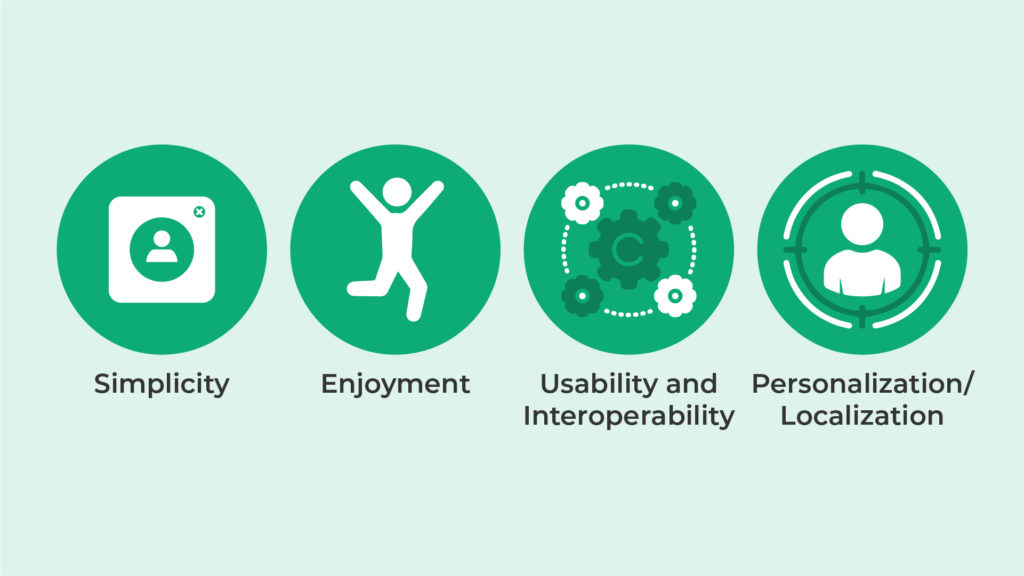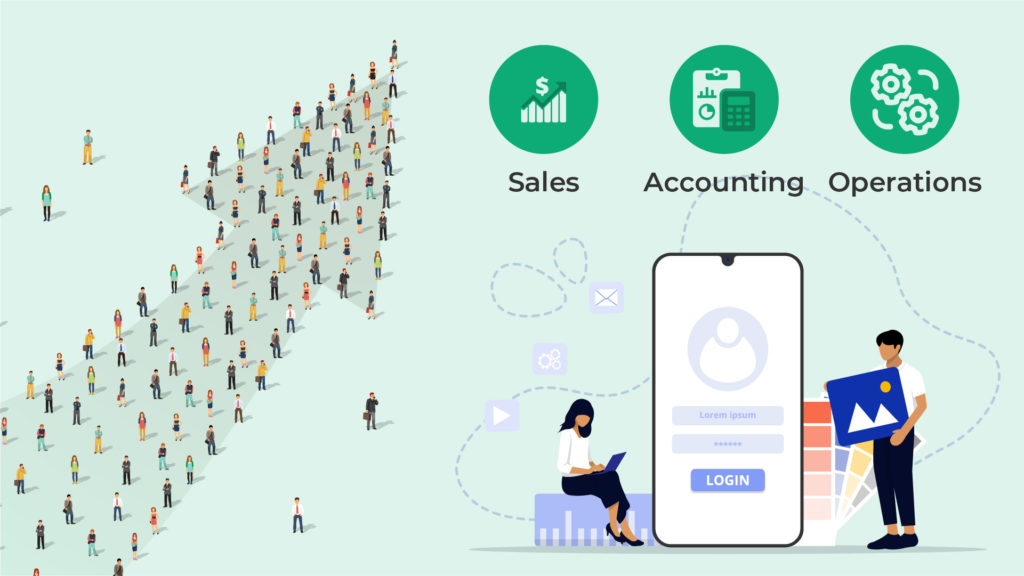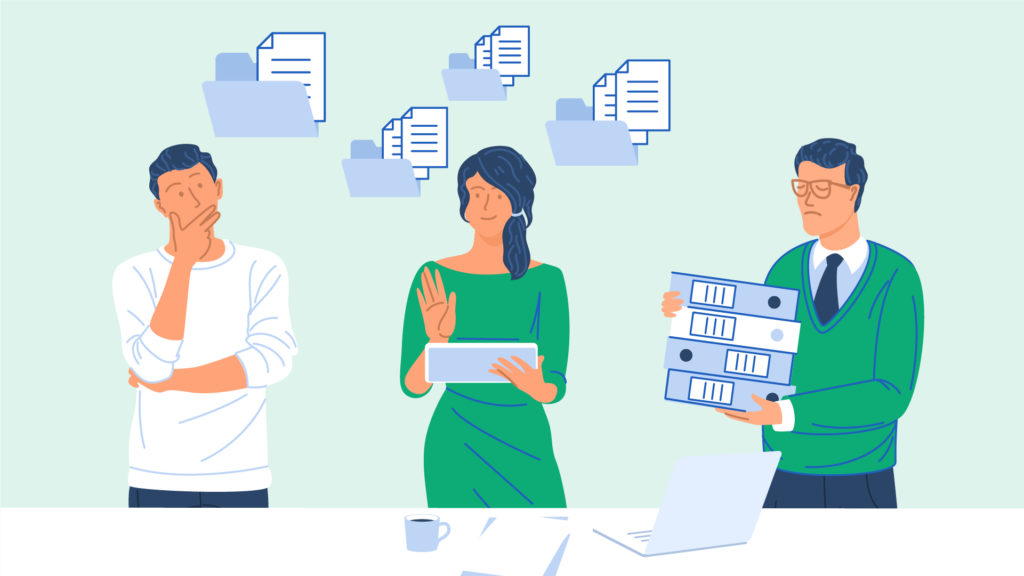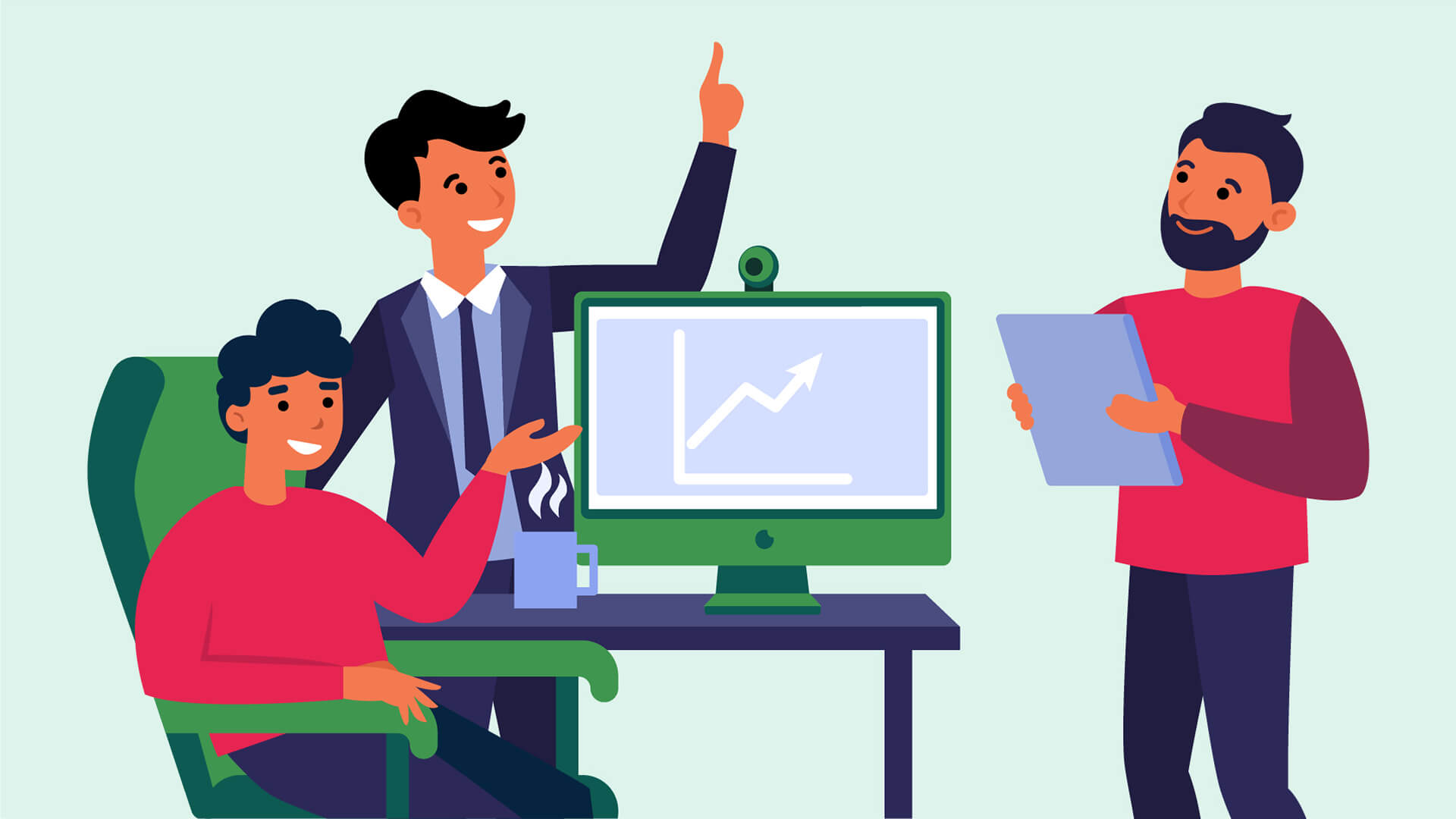Summary:
- 10X ERP focuses on creating a positive user experience by incorporating simplicity, enjoyment, and high usability into its design, aiming for customer delight and increased ROI.
- Through extensive user testing with professionals from various work areas, the company has optimized its ERP system to reduce development costs and improve customer satisfaction.
- By maintaining a direct link to end-users and avoiding third-party implementation, 10X ERP ensures continuous feedback, keeping the software relevant and adaptable to changing needs.
If you had to pick a few adjectives to describe your ERP system, what would they be? Important? Critical? If you’ve had a few bad experiences, you might describe them as time-consuming, annoying, ineffective, or complex. Very few people would describe it as a positive ERP experience.
The phrase ‘customer delight’ has earned its own Wikipedia entry for good reason. Businesses have come to recognize that exceeding a customer’s expectations and creating a positive emotional experience is the key to adoption, conversion, customer loyalty, and increased ROI.
When we created our ERP, we didn’t just consider functionality, but how to create a truly positive ERP experience for our users. Through intensive user testing and constant feedback, 10X ERP launched a product that reduces time spent on tasks, increases efficiencies, and reduces onboarding time – all through an optimally designed UX. In this article, we’ll show you how we achieved a delightful ERP experience and why it matters to your business.
Designing With User Experience (UX) In Mind
We knew that creating the best possible ERP user experience for our target audience would be a considerable competitive advantage for us. After all, no one wants to use software that is difficult to navigate, cumbersome to use, and complex to learn. Building the best ERP for users means that users’ needs should be at the heart of the entire design.
Here are a few of the elements we kept in mind during the design process:

1. Simplicity
ERP solutions are often extremely complex, but the actual user interface and experience shouldn’t be. Offering empowering tools and a simple UI that includes intuitive navigation and guides users exactly where they want to go. This simplifies the ERP experience for users while still providing the power needed to run any size business.
2. Enjoyment
When we talk about a delightful ERP, we have to mention enjoyment. Sure, your ERP is not meant to be a gamified thrill-a-minute system but you can’t ignore the subjective, internal emotions of your users when engineering the best ERP experience for them. Are they feeling empowered or inhibited? Engaged or distracted? Frustrated or encouraged?
The sense of completing a productive task or mastering a new feature provides enjoyment…and if something is enjoyable and pleasant to do, you’ll be more likely to keep doing it, which accelerates the adoption of new software.
3. Usability and Interoperability
Intuitive, role-based interfaces and high usability will cut down training time and shorten the time-to-value-realization ratio for most companies. Systems with high usability are associated with gains in efficiency and satisfaction, as well as a sense of empowerment, which, again, increases buy-in and adoption. Your company can spend less time on training and more time completing tasks that add value and contribute to productivity and profitability.
4. Personalization/Localization
The best ERP for users is one that is localized and personalized to boost adoption and performance. Users should have a degree of freedom to personalize their own experiences based on their preferences and roles. When navigation, transaction processing, and views are customized to suit local roles and their unique requirements, it creates a sense of familiarity and empowerment, which forms an important part of a delightful ERP experience.

The best ERP system in the world isn’t useful if users constantly face barriers to accessing the information they want and need. Workflow, notifications, and other capabilities make a system more accessible and consumable for all.
User Testing to Improve UX
We couldn’t design an ERP optimized for users without accurate testing and constructive feedback. We were able to design our UX through a partner collaboration with more than 30 end-users from various work areas, including Sales, Accounting, Operations, and other functional areas. They were able to test the product and provide immediate, constructive feedback throughout.

User testing was the differentiator to our development and has led to several notable benefits for our customers, including:
- Increasing your revenue, profitability, and conversion rate
Most companies run A/B tests before launching, but unless those tests are guided by user feedback, you’ll overspend on testing with no real clue where to focus. User testing will reveal which elements of your design are proving challenging and what the barriers to conversion are. By testing ourselves, we bring our costs down, which helps us offer better rates to our customers.
- Reduce development and support costs
According to studies, 50% of engineering time is spent redoing work that could have been caught and fixed earlier on. Sure, most teams have a QA engineer on staff, but QA doesn’t catch incorrect assumptions about customers or the features they don’t care about.
We don’t want to make assumptions about our customers – we’d rather have them tell us what they need firsthand. Ironing out the issues and questions during this process also reduces the need for customer support down the line, so that our customers don’t need to waste their time on the phone dealing with issues that could have been avoided through testing.
- Discover where your customer gets stuck (before they actually do)
With user testing, you can discover exactly which elements of your platform will trip up users in the future, including confusing navigation, sign-in problems, compatibility issues with mobile devices, and more. Our philosophy is to observe how users interact with the product in real-world scenarios before launching it to the entire market, and it’s paid off.

- Gaining an Objective Perspective
Sometimes, when you are as closely involved with a product as we were, it’s difficult to look at it objectively. By testing it with real users, we got a fresh and unbiased view of our work. We could look at it from the perspective of the professionals who would actually log in and use our system daily, making it easier for us to design an ERP experience around their needs.
Direct Link to End-Users
By now, you have a clearer view of how we approached the design of our software, but like everything we do, we went the extra mile by keeping a direct link to our end users. Because we don’t use third parties to implement and manage our software (like most legacy ERP providers do) we keep an open line of communication and receive feedback to keep our ERP delightful and relevant, even as users’ needs (inevitably) change.
Ensure a Positive ERP Experience With 10X ERP
There’s no reason why an ERP can’t be a delightful and engaging experience for end-users. In fact, it’s an essential component of customer success and, we believe, our biggest advantage over the competition.
